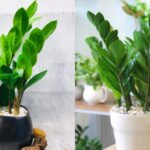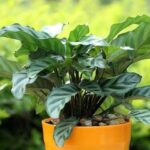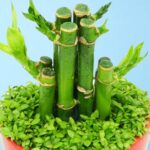Money Tree
The Money Tree has been a popular choice for many households, as it is believed to bring prosperity and wealth. Aside from its symbolic value, this plant also helps purify the air by absorbing toxins from the environment. However, it’s important to note that its air-purifying capacity is not as potent as some other plants. Proper care is required to avoid overwatering, which can lead to root rot. During winter, inadequate care can cause leaf drop, leaving the tree barren and lifeless.

Money Tree
On the other hand, exposure to intense sunlight can turn its leaves yellow and dry. Even with shading, improper care techniques may cause the leaves to lose their vibrant green color. Despite its symbolic significance, these challenges have led some people to consider abandoning the Money Tree.
Geranium
Geraniums are eye-catching flowers that come in a variety of vibrant colors, making them a popular choice for landscaping. However, their maintenance is not as straightforward as their beauty suggests. In hot and humid weather, especially with consecutive rainy days, geranium roots are prone to rot. Watering must be carefully controlled, as both overwatering and underwatering can cause bud drop and leaf withering.
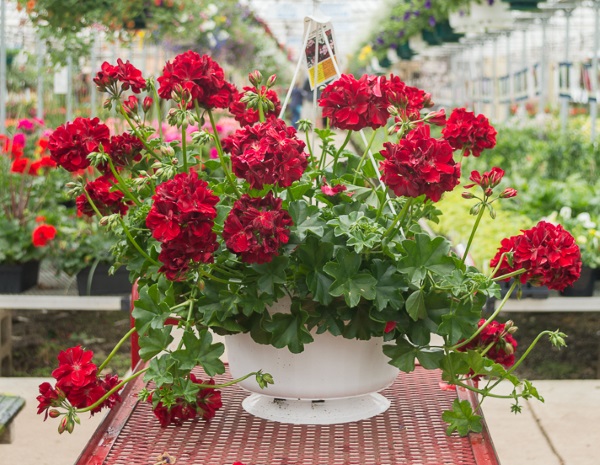
Geranium
Additionally, geraniums are not sun-loving plants, and they can quickly suffer from sunburn and wither during the scorching summer heat. Due to these challenges, some people have decided to remove geraniums from their list of favorite plants, despite their unique beauty.
Cattleya Orchid
The Cattleya orchid, often referred to as the Queen of Orchids, captivates with its stunning blooms that resemble dancing butterflies. Its exquisite beauty comes at a cost, as this orchid is notoriously difficult to grow. With thick, fleshy roots and specific soil requirements, the Cattleya orchid demands a well-aerated and loose soil environment. Specialized orchid soils can be expensive, and so is the orchid itself, but the real challenge lies in its care.
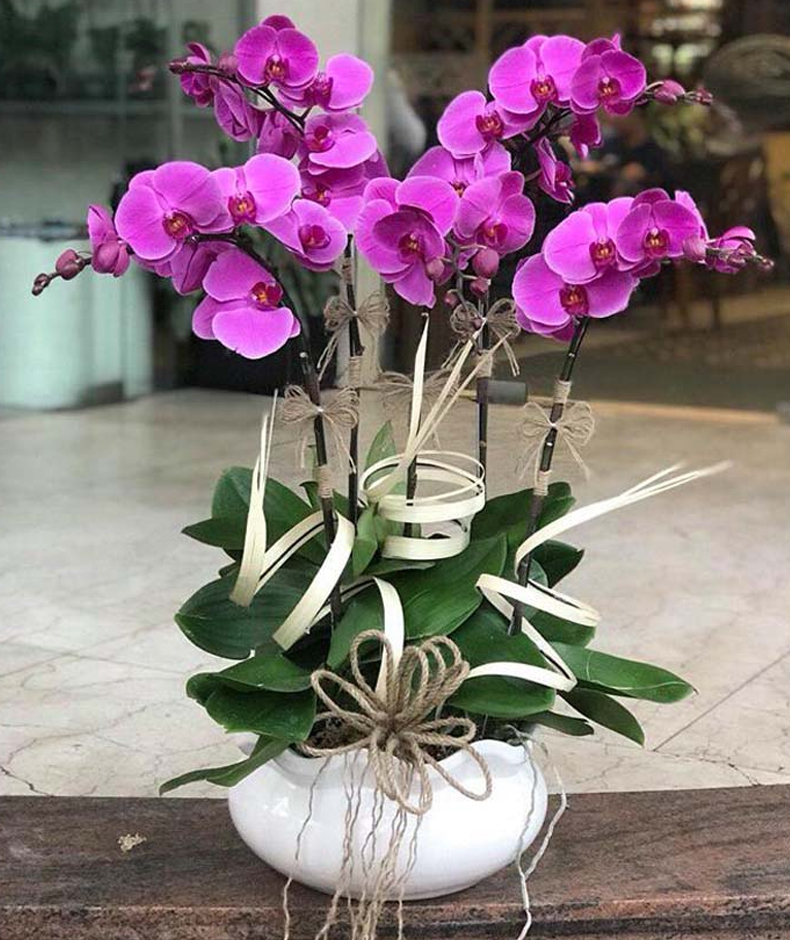
Cattleya Orchid
Overwatering or high humidity can easily lead to root rot, and the plant is also sensitive to direct sunlight, causing leaf burn and withering. To encourage continuous blooming, growers must consider various factors such as soil, light, temperature, and humidity. These challenges often deter people from embracing the beauty of this aristocratic flower.
Chinese Evergreen
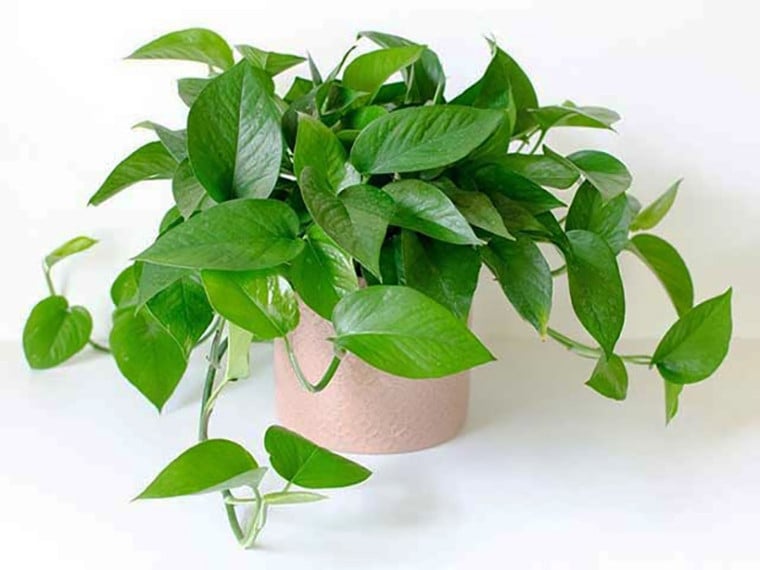
Chinese Evergreen
Improper care can lead to root rot and leaf discoloration, affecting both its aesthetic value and health. Over time, its once-popular appeal has waned, and people are now considering other plants that offer more diverse shapes and decorative value.
The Ancient Wisdom: Unveiling the Trees of Misfortune.
The five types of trees that are considered inauspicious to plant in residential areas due to traditional beliefs and feng shui principles are the mulberry, pear, pine, cypress, and “phat loc” (a type of tree believed to bring wealth and prosperity in Vietnamese culture). These trees are believed to bring bad luck or negative energy to the household, according to ancient superstitions. However, it is important to note that these beliefs may vary across different cultures and regions.


























